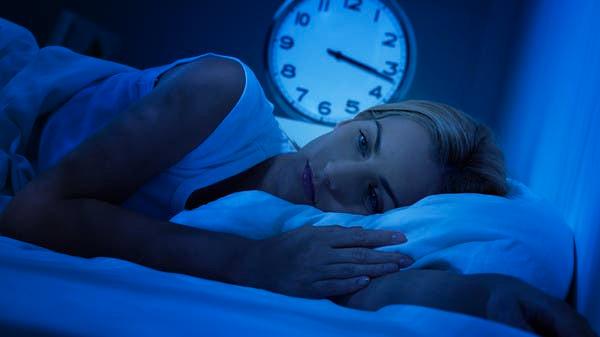5 Scientific Tips for Getting Back to Sleep After You've Woken Up in the Middle of the Night
Curated from: mentalfloss.com
Ideas, facts & insights covering these topics:
1 idea
·8.09K reads
14
Tips for Getting Back to Sleep
- Put the phone away: a big obstacle in your way is light.
- Ignore the clock: it’s only add to your stress.
- Don’t be afraid to get up: Do some stretching, light reading or a puzzle.
- Engage in deep breathing exercises: in through your nose and out of your mouth in a rhythmic cycle.
- Focus on what relaxes you: focus on mental images of what's most relaxing to you.
950
8.09K reads
IDEAS CURATED BY
Juliana L.'s ideas are part of this journey:
Learn more about personaldevelopment with this collection
Strategies for promoting inclusivity
How to address unconscious bias
How to create a diverse and inclusive workplace
Related collections
Similar ideas
4 ideas
What is the summer solstice? Here’s what you need to know.
nationalgeographic.com
6 ideas
The History and Origins of Easter
historyextra.com
5 ideas
Read & Learn
20x Faster
without
deepstash
with
deepstash
with
deepstash
Personalized microlearning
—
100+ Learning Journeys
—
Access to 200,000+ ideas
—
Access to the mobile app
—
Unlimited idea saving
—
—
Unlimited history
—
—
Unlimited listening to ideas
—
—
Downloading & offline access
—
—
Supercharge your mind with one idea per day
Enter your email and spend 1 minute every day to learn something new.
I agree to receive email updates
